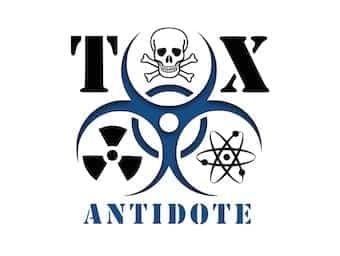
Naloxone
This opioid antagonist is a useful adjunct in the management of opioid intoxication, particularly if there is CNS or respiratory depression. Caution is advised in those who are opiate-dependant and naloxone should only be used if there is significant CNS (GCS <12) and respiratory depression (RR <8).
